I've long suspected that SteamOS is more efficient than Windows, and I'm far from the only one. The moment the original ROG Ally launched, comparisons between SteamOS and Windows started cropping up. It makes sense that SteamOS would be more efficient, with its gaming-first design and minimal overhead, especially compared to Windows 11's bloated list of features (and telemetry). There hasn't been a true apples-to-apples comparison, though. You could compare Windows to Bazzite, or try to poke and prod the Steam Deck to function like a Windows handheld. But there hasn't been a true one-to-one until now.
The Legion Go S with SteamOS is here, fit with the Ryzen Z2 Go chip that was featured on the same, Windows-based handheld earlier this year. Lenovo has two versions of the Legion Go S, one with Windows 11 and another with an official SteamOS image. I expected the SteamOS version to be a touch faster, trimming the fat in Windows 11 to eke out a hair of extra performance. What I found was very different. SteamOS isn't just better than Windows 11 on a handheld. It's like using a completely different device.
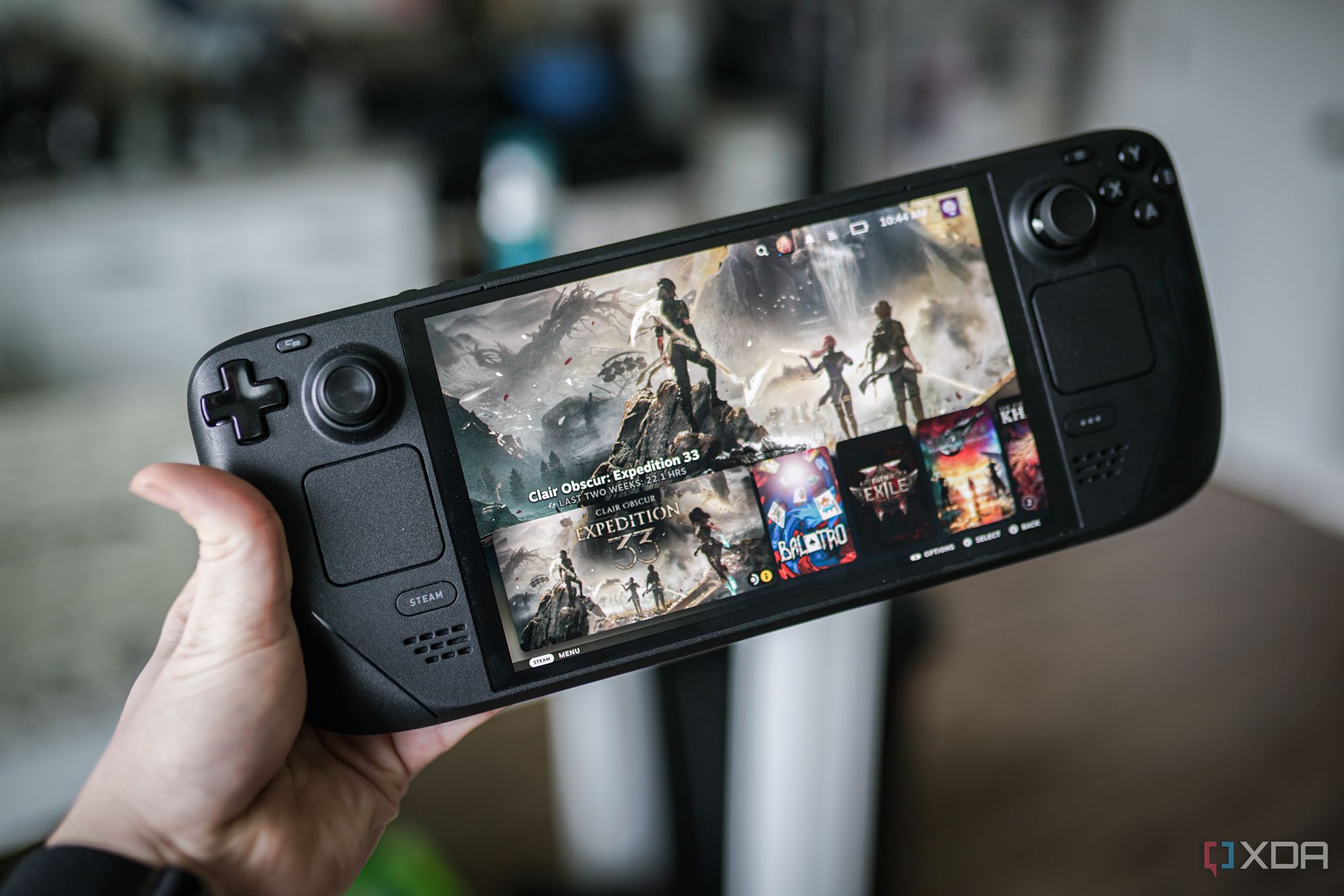
Related
4 reasons I want to see more SteamOS handhelds
As more and more handheld PCs get made, the more I want some sort of standard.
SteamOS vs. Windows — by the numbers
You don't need to look far to see the trend
In Horizon Zero Dawn Remastered, the Legion Go S with SteamOS was 75% faster than the Legion Go S with Windows 11. The actual numbers are less impressive than the percentage, but still, let that number sink in. We're talking about close to doubling the performance just by using different software. Everything else about the devices is identical, from the cooling to the chip to the buttons, and yet one performs 75% better because it's running SteamOS and not Windows. SteamOS doesn't win by those margins in every game at every power setting, mind you. But it never lost, and Windows 11 never got as close as to even matching SteamOS.
I ran three power modes for each game on each handheld. Unlike Asus does with the ROG Ally X, Lenovo doesn't actually list the TDP for each of its performance profiles. I used Balanced, Performance, and a custom profile. Balanced is somewhere around a 15W TDP, and Performance bumps up to around 25W. For the custom profile, I used the maximum 40W TDP for each device with them plugged in; unplugged, the Z2 Go tops out at 33W.
But it really doesn't matter which power mode or game you look at — SteamOS dominates. Cyberpunk 2077 in Balanced mode? SteamOS is 59% faster. Guardians of the Galaxy in Performance mode? SteamOS is 16% faster. Horizon Zero Dawn Remastered with access to AC power and the full, fat 40W TDP? SteamOS still comes out 58% faster. There's a wide range of how much faster SteamOS is over Windows 11, but it's undeniable that SteamOS is faster.
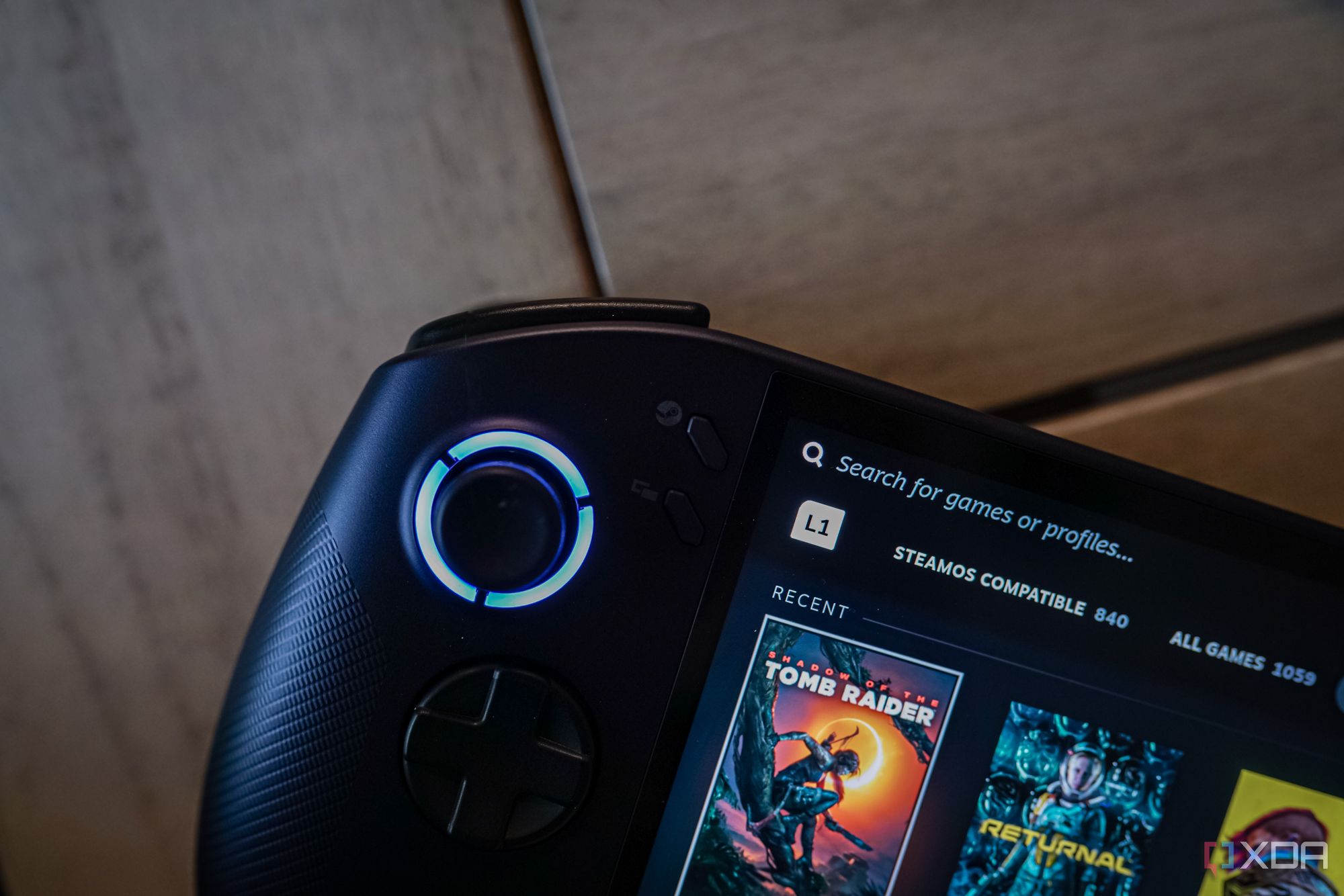
Percentages are a bit tricky here, though. A great example of that is Horizon Zero Dawn Remastered in Performance mode. On my first run, the Windows-based Legion Go S made out with 19 fps, and on a second run, it cleared 20 fps. That's identical performance in practical terms, but against SteamOS's 35 fps, you go from 75% faster at 20 fps to 84% faster at 19 fps. One frame here carries 9% of a performance difference on its back. I tested demanding games here, so even small differences in frame rate show up as big differences in percentage. That's all to say, don't leave here under the assumption that you're going to some 75% boost with SteamOS across games. That's not the case at all.
Still, these huge percentage swings in demanding games are valuable to show off. In both Horizon Zero Dawn Remastered and Cyberpunk 2077, you're not going to get a playable frame rate out of the Legion Go S with Windows 11 unless you drop the resolution to 800p — and you'll probably still need to use upscaling. With SteamOS, you can get a playable experience with the Performance mode away from the charger. In a less extreme situation like Guardians of the Galaxy, SteamOS is only 11% ahead, but that gets you to an average frame rate of 60 fps. The raw performance advantage is clear, but SteamOS really shines because it's able to pass these important milestones at 30 fps and 60 fps in a way the Windows handheld just can't.
Power (away from power)
AC all the time isn't for most people
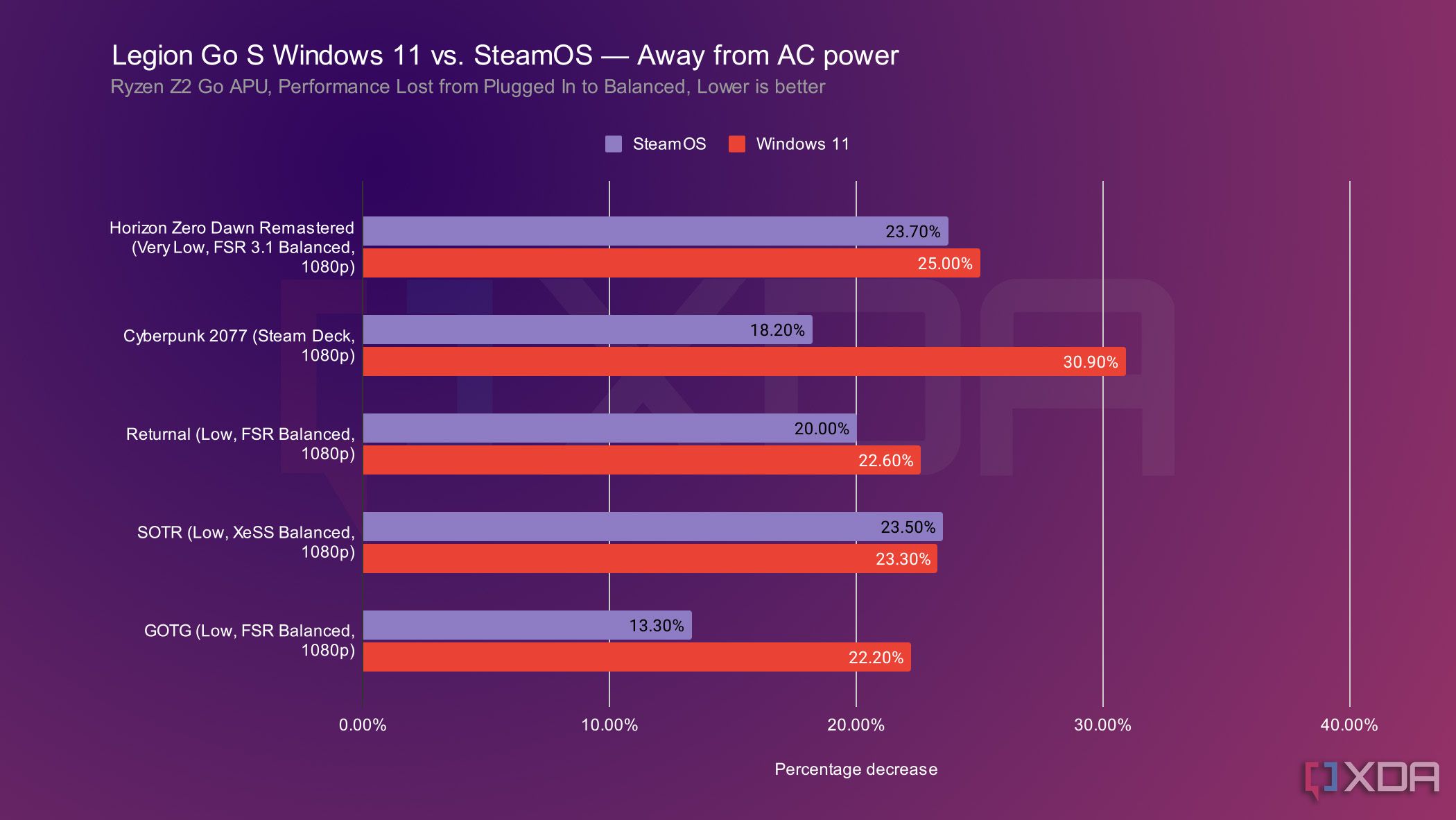
Another interesting way to look at this data is from the perspective of AC power connected versus disconnected. Basically, how much of your performance do you give up when going from the maximum wattage of the APU down to a more reasonable wattage that pulls directly from the battery? I know some folks swear by only using their handheld when it's connected to AC power, but for a lot of people, you'll mainly use the device when it's sipping down power from the battery. In the chart above, I'm looking at the percentage decrease when going from a 40W TDP and the devices plugged in to the Balanced mode. The lower the performance drop, the better.
And once again, SteamOS comes out ahead, though the margins are tight in most games. There's a slight edge in Returnal and Horizon Zero Dawn Remastered, and I expect most games will end up in this range. You're going to drop similar levels of performance when going from AC power to the battery. But then, you have these massive wins in Cyberpunk 2077 and Guardians of the Galaxy, which is interesting because those were the most and least demanding games I tested, respectively. I'm not totally sure why there's such a gap in these two games, but it's fascinating to see.
Windows 11 is getting more difficult to justify
It's not just about ease of use
There's clear consensus that SteamOS is far easier to use than Windows 11 on a handheld, but you've been able to justify Windows up to this point. You get better game support outside of Steam; Games with anti-cheat software run without issue, and for a few years, the Windows handhelds simply had faster chips in them. You made a trade-off. Yes, you had to deal with annoying notifications, OneDrive backing up things you didn't ask for, and layers of conflicting overlays, but at least you had some clear advantages over the Steam Deck.
Not only are those advantages gone now that Valve is more broadly rolling out SteamOS, it's now clear that SteamOS is simply faster than Windows 11, at least in these power and thermally-constrained handhelds where slightly more efficiency can lead to massive performance wins. Given what I've seen out of SteamOS and Windows 11 on the Legion Go S, I'm not sure Windows can ever match SteamOS' performance. It's just not built as lean as SteamOS is. Microsoft would need to design what is essentially the Xbox interface — a heavily modified version of Windows — for handhelds, and I don't expect that to happen any time soon.
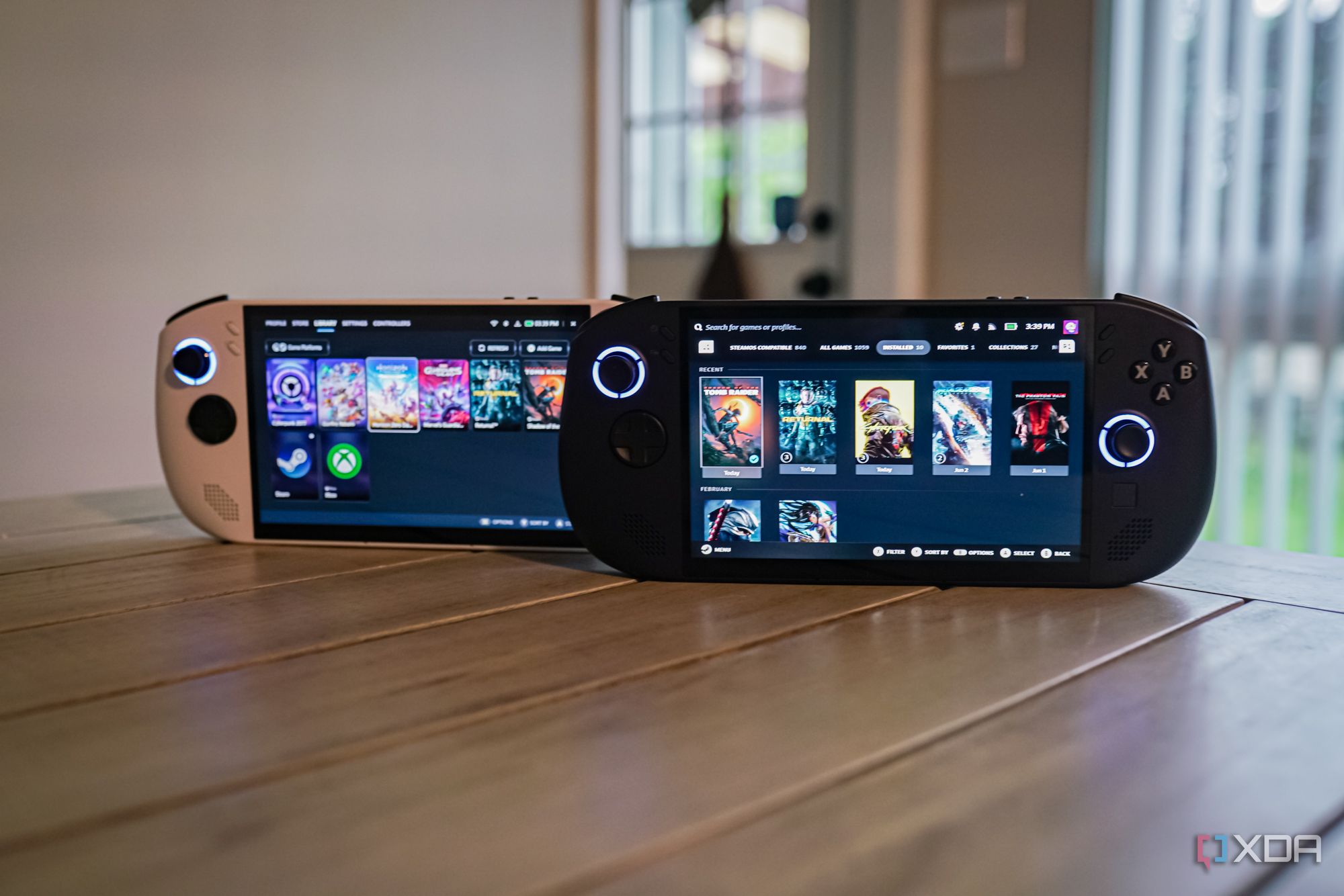
The main advantage that Windows on handhelds still has is game compatibility, but even that has slipped. Heroic Games Launcher gives you GOG, Amazon, and Epic Games Store titles, Ubisoft and EA games are available through Steam, and more than half of the Xbox Game Pass library is available to stream through GeForce Now, which now has a native SteamOS application. You might pick up a Windows handheld to play a specific game that doesn't work on SteamOS, but when looking at the average experience for most players, it's hard to say Windows has any clear advantages.
Maybe that changes in the future. The reported Xbox handheld, codenamed Project Keenan, is supposed to bring a revamped Windows 11 for handhelds, and it'd be great if Microsoft was able to make up the gap with SteamOS. Based on everything I've seen up to this point, however, I'm not holding my breath.
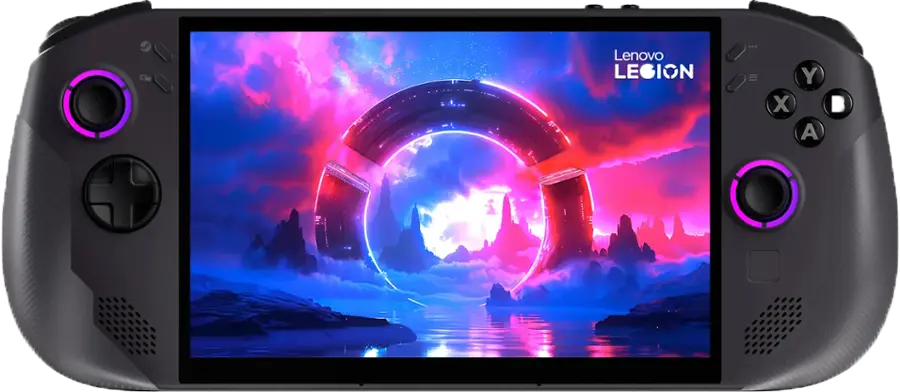
.png)
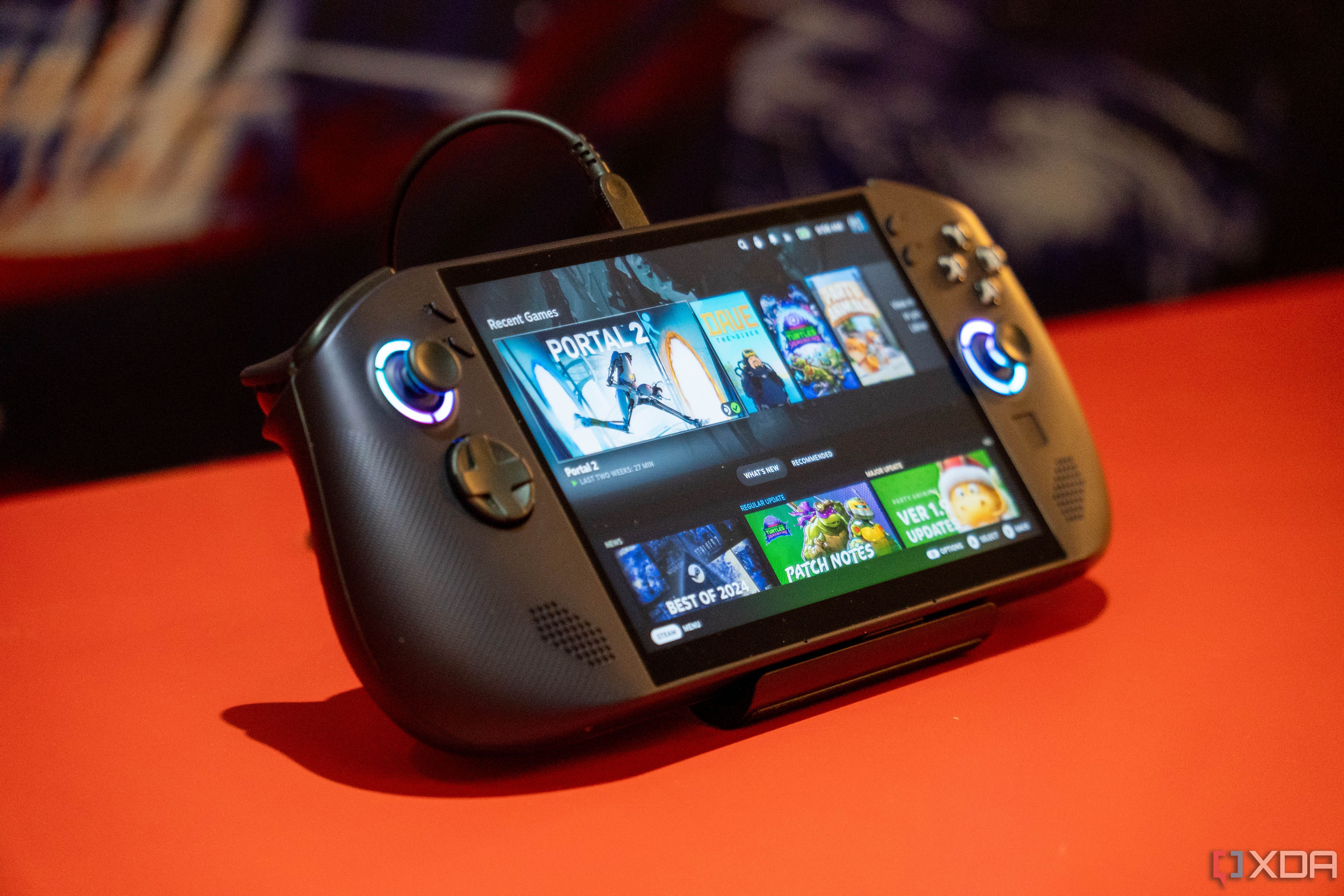
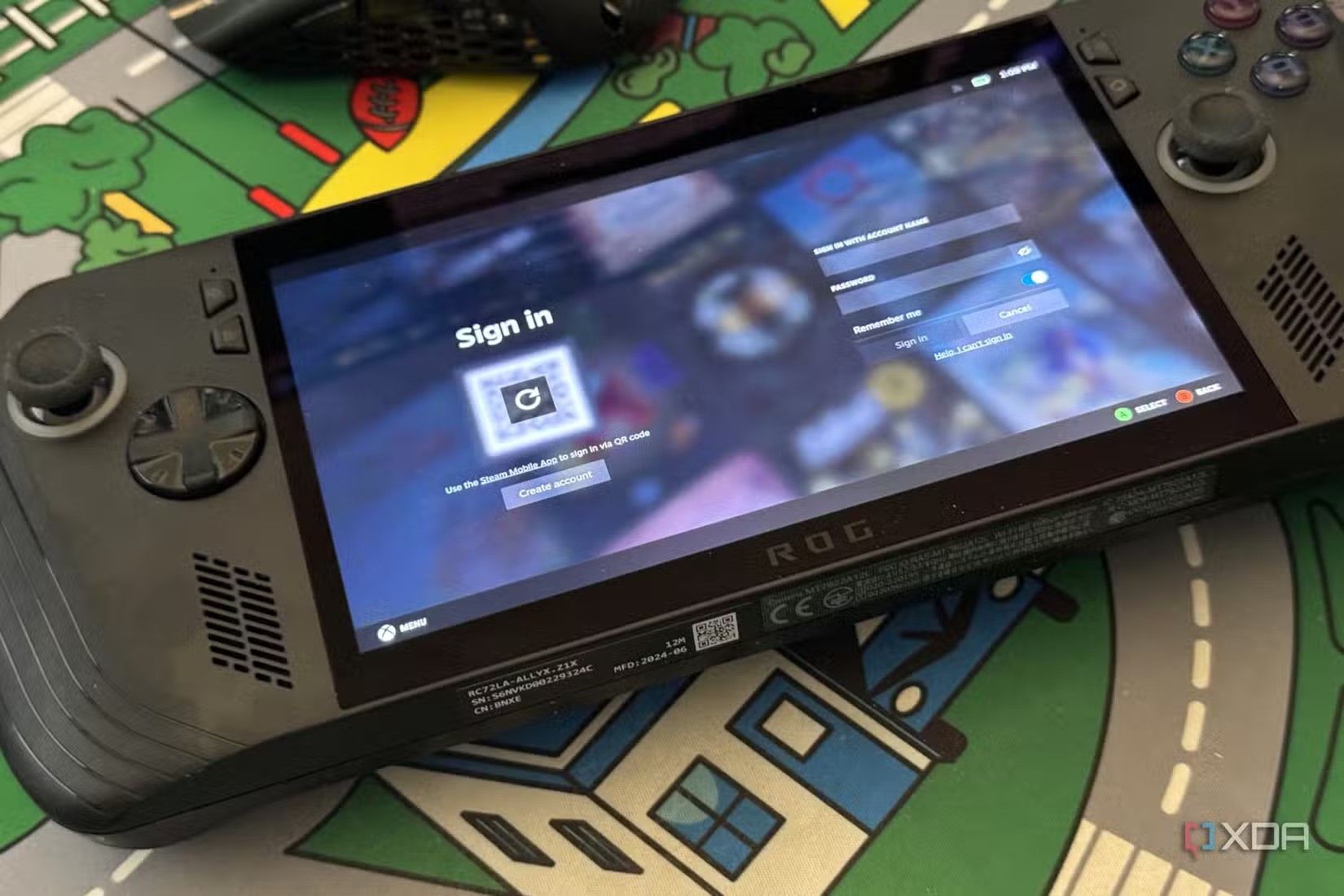










 English (US) ·
English (US) ·